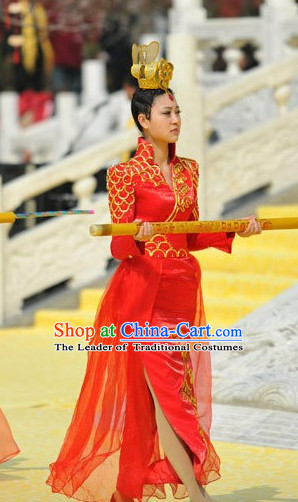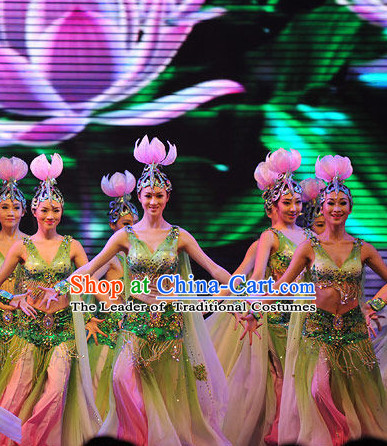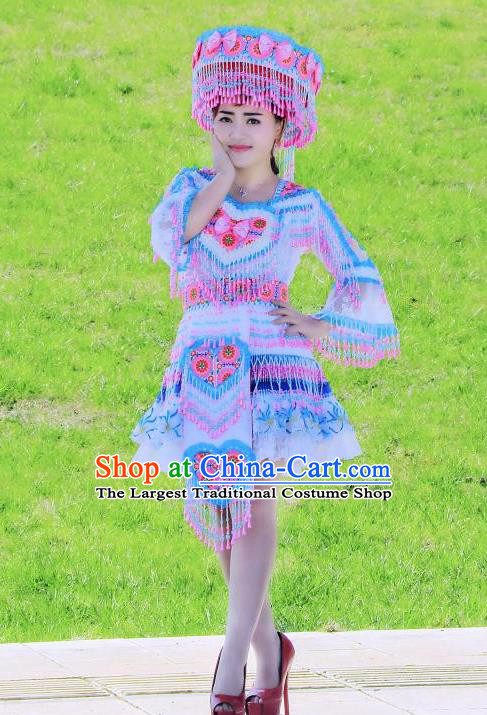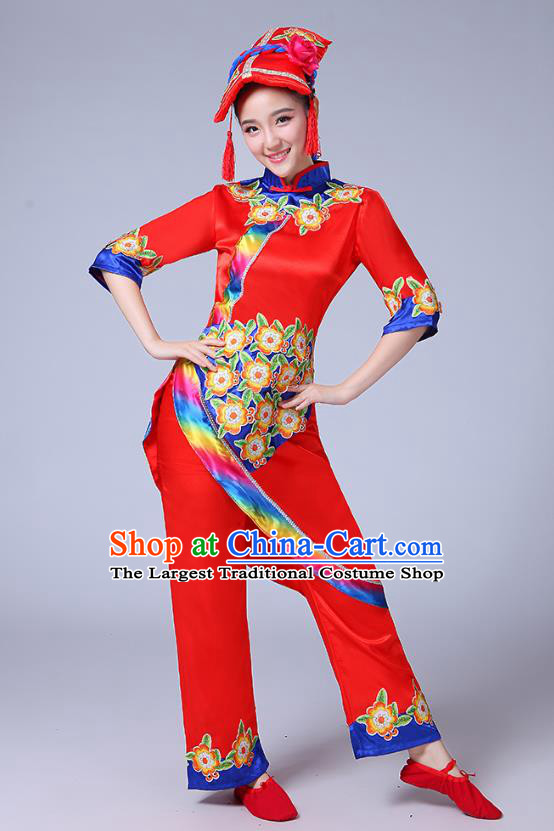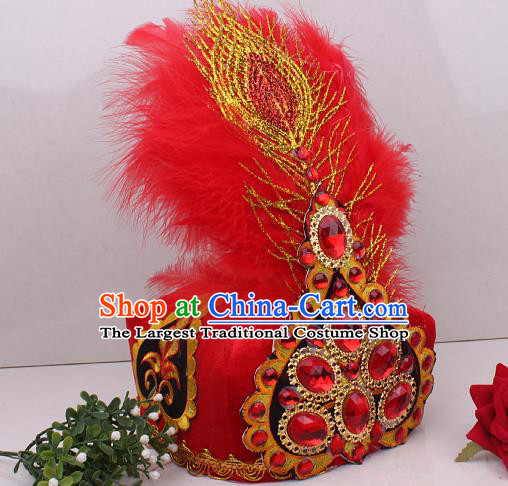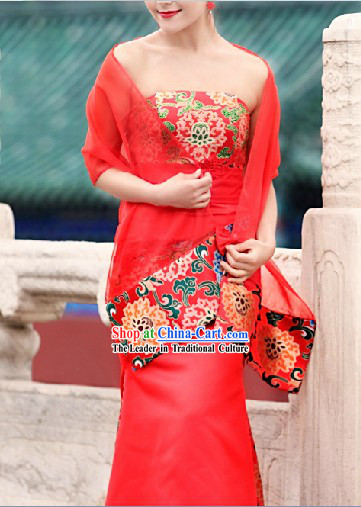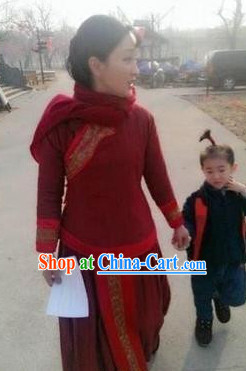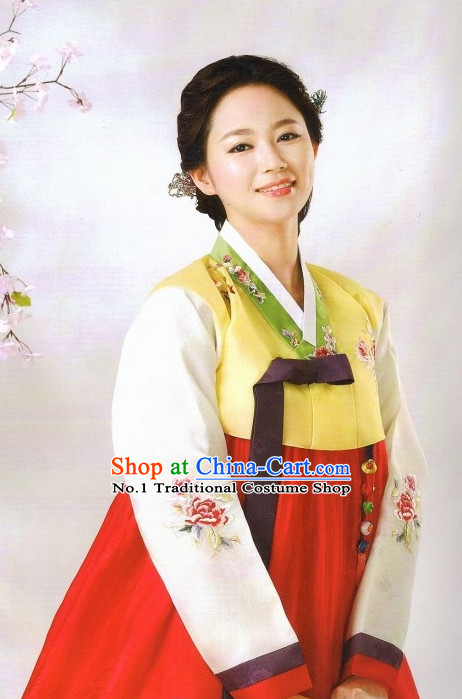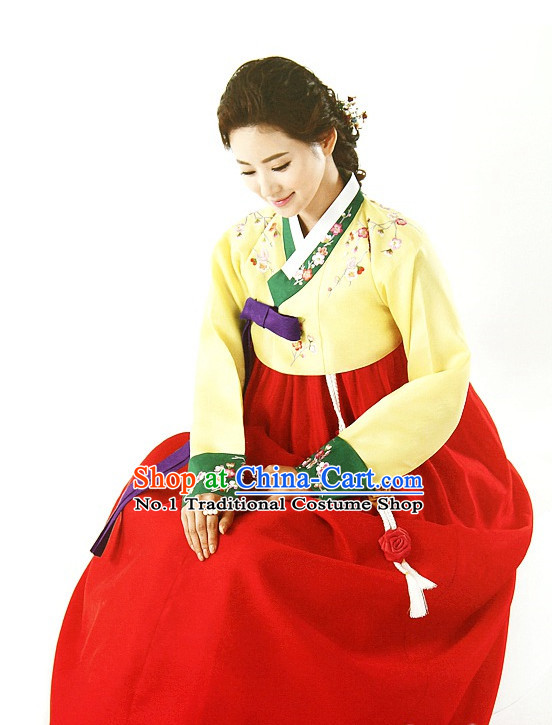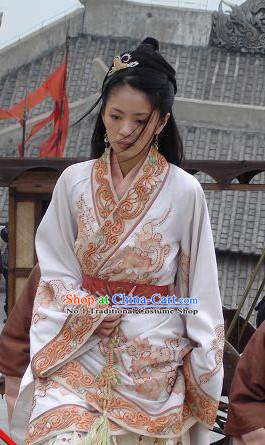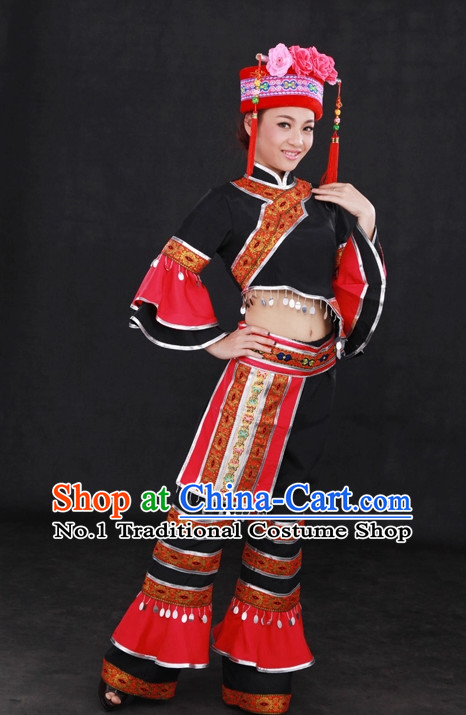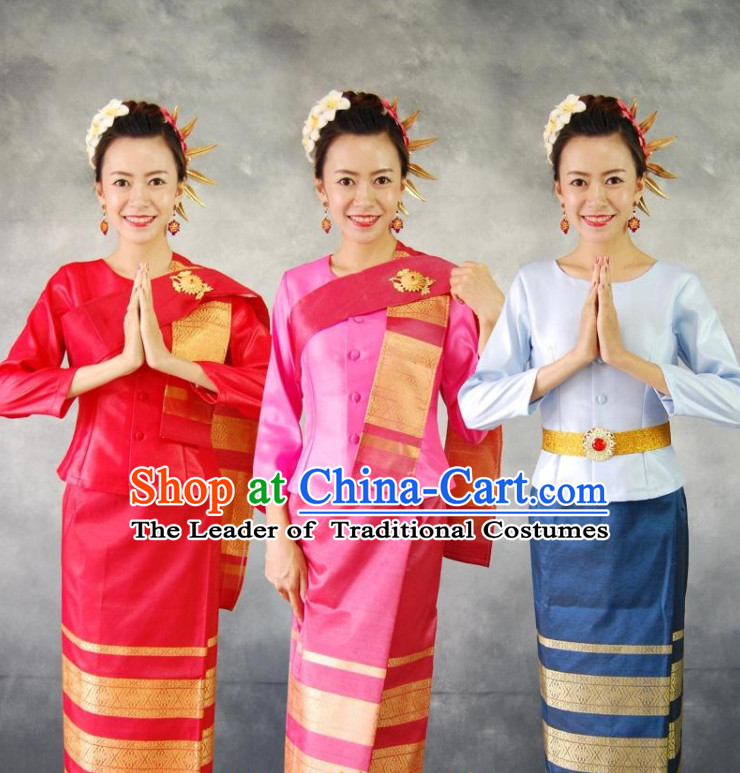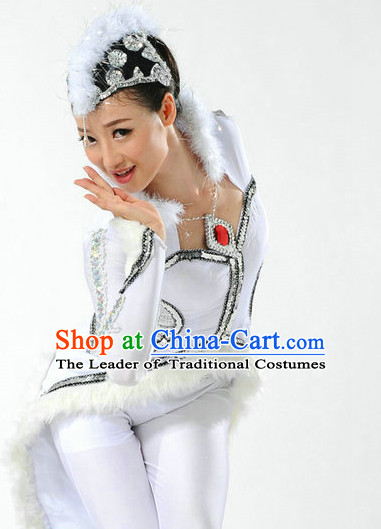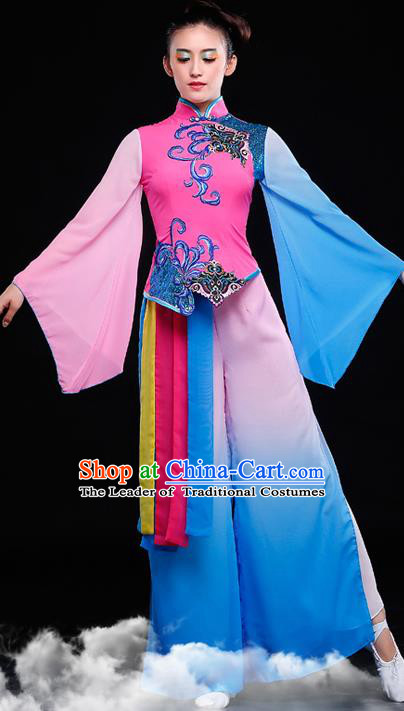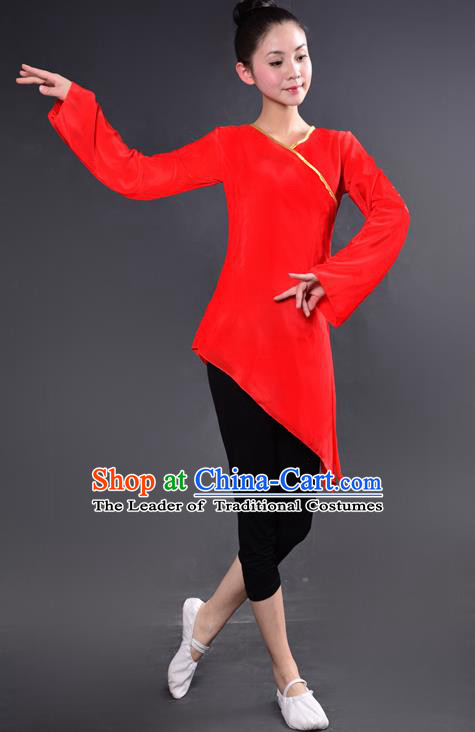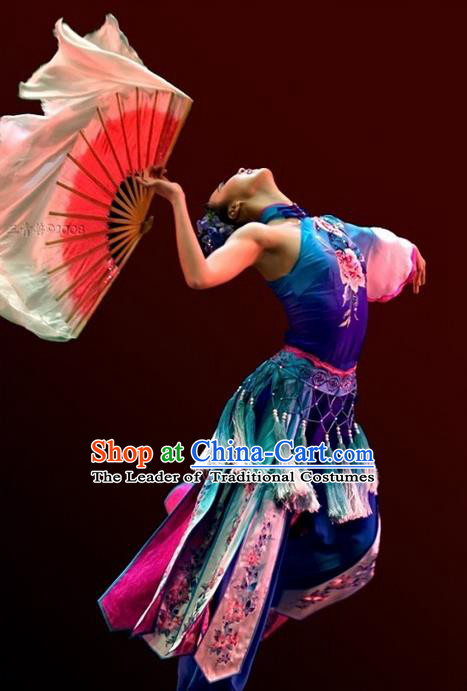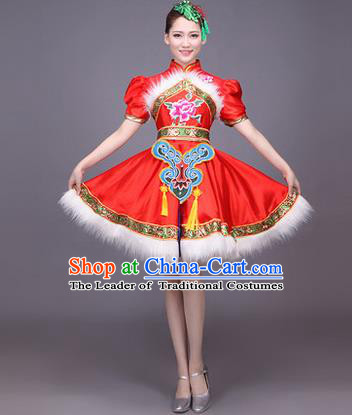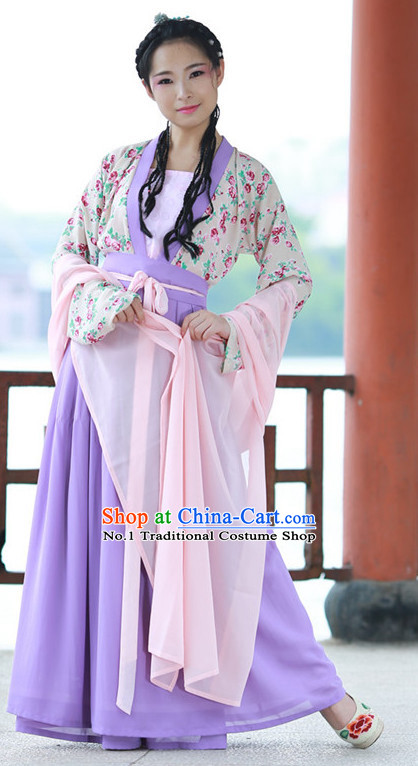
Click Related Pictures for More Audios:
Chinese traditional clothing, especially the Hanfu worn by women, is famous for its unique design, exquisite craftsmanship, and rich cultural connotations.
These garments not only showcase the charm of ancient Chinese culture but also reflect the distinct styles of different historical periods and regions.
The history of Hanfu can be traced back to the Qin Dynasty (221 BC-206 BC), when China was unified and a garment called "Ruqun" was adopted.
Over time, Hanfu evolved into an elegant and sophisticated attire that incorporated various elements such as embroidery, brocade, silk, and beads.
The design and style of Hanfu also changed throughout different historical periods.
For example, the Tang Dynasty (618-907 AD) was a golden age for Hanfu development, with garments becoming more luxurious, colorful, and featuring many innovative design elements.
The Song Dynasty (960-1279 AD) emphasized simplicity, elegance, and practicality, highlighting comfort and functionality.
Hanfu from the Ming (1368-1644 AD) and Qing (1644-1912 AD) Dynasties placed greater emphasis on details and decorations, reflecting social status and aesthetic concepts of those times.
Apart from its aesthetic value, Hanfu carries rich cultural significance.
It symbolizes respect for ancestors, inheritance of traditions, and pursuit of a harmonious society.
In traditional Chinese festivals and celebrations, people wear Hanfu to participate in various rituals and activities such as weddings, funerals, and ancestral worship.
Additionally, Hanfu is used in performing arts like Beijing Opera and Kunqu Opera for character costumes.
In conclusion, Chinese traditional clothing, particularly the Hanfu worn by women, is renowned worldwide for its unique design, exquisite craftsmanship, and rich cultural connotations.
They not only showcase the charm of ancient Chinese culture but also reflect the distinct styles of different historical periods and regions.




















